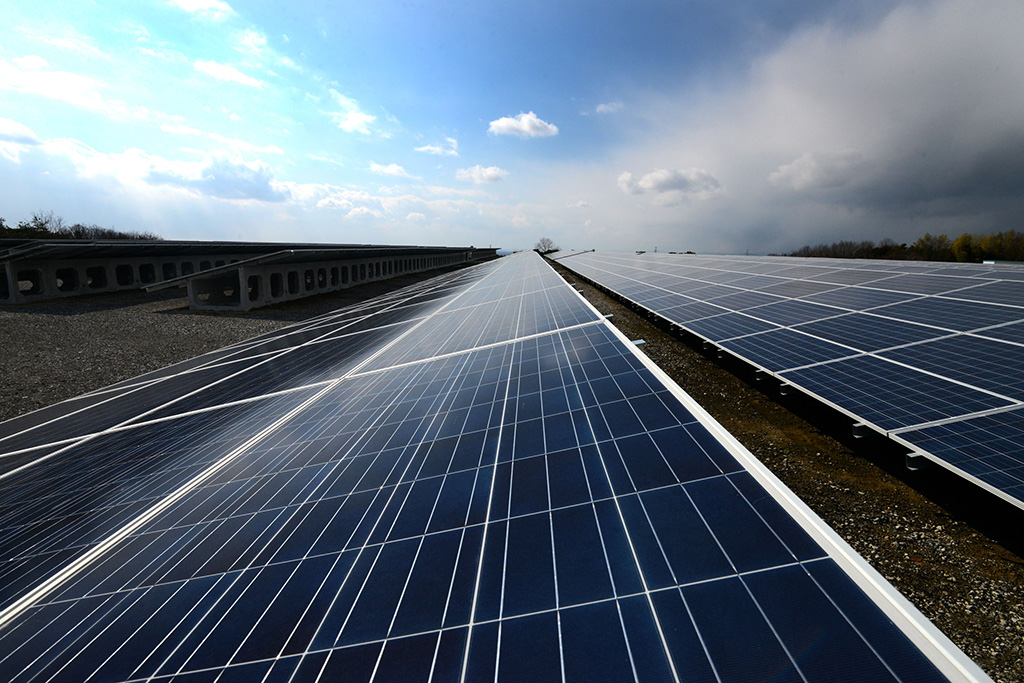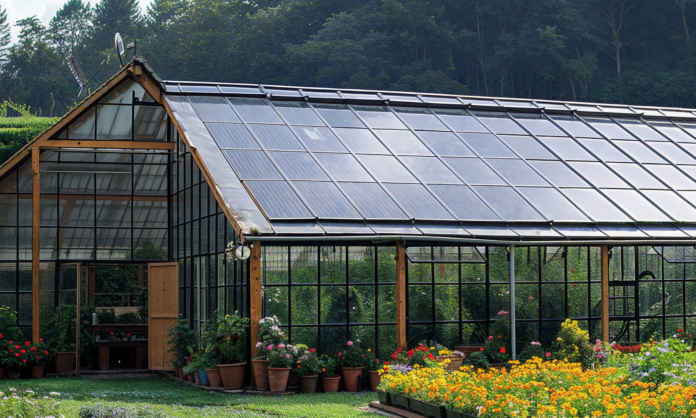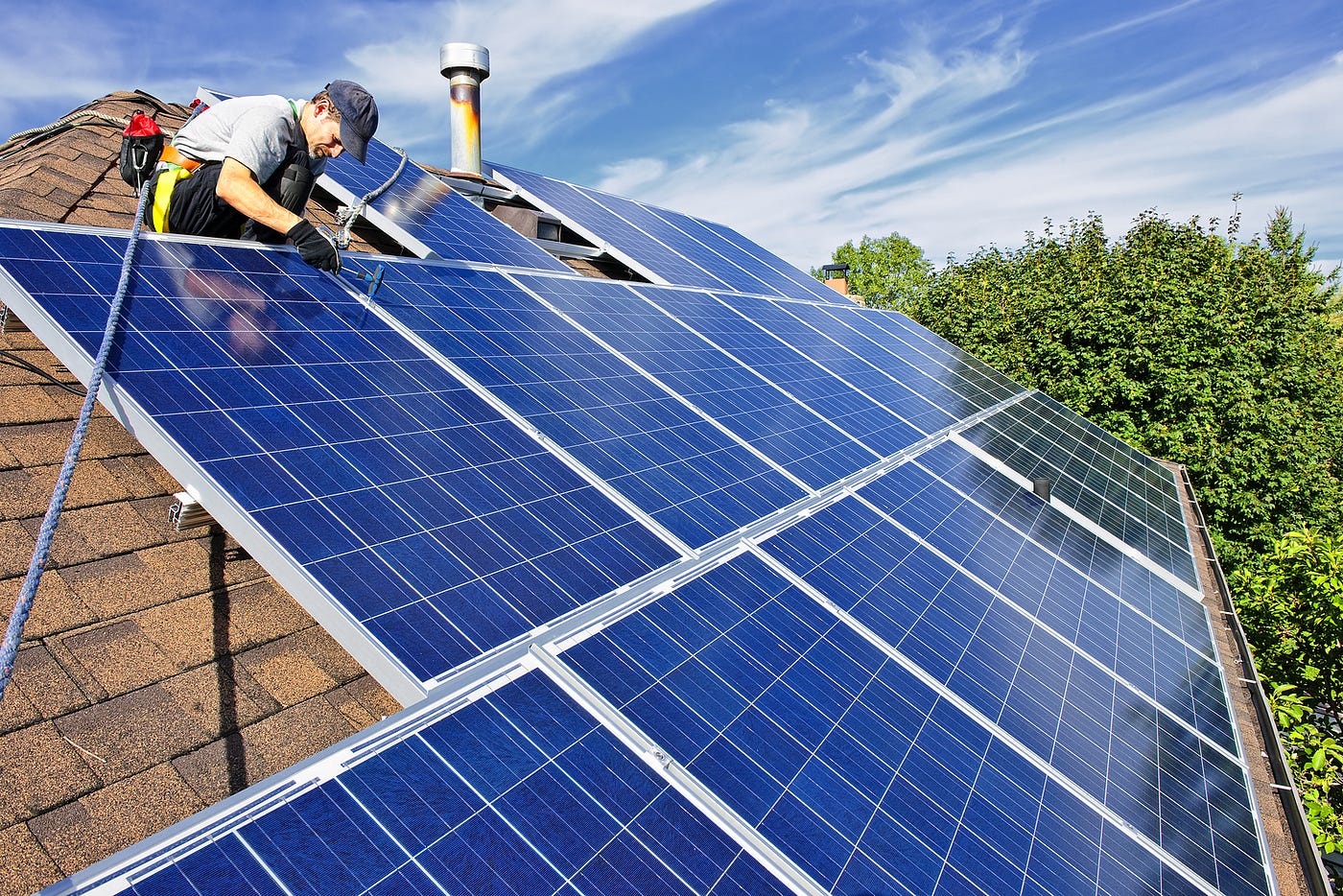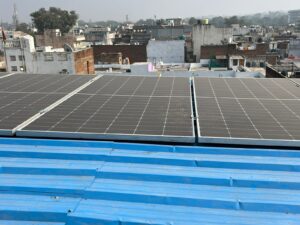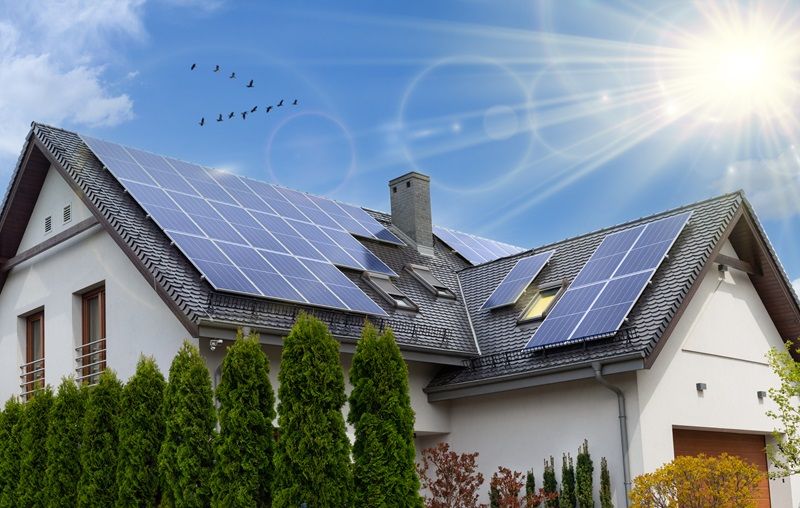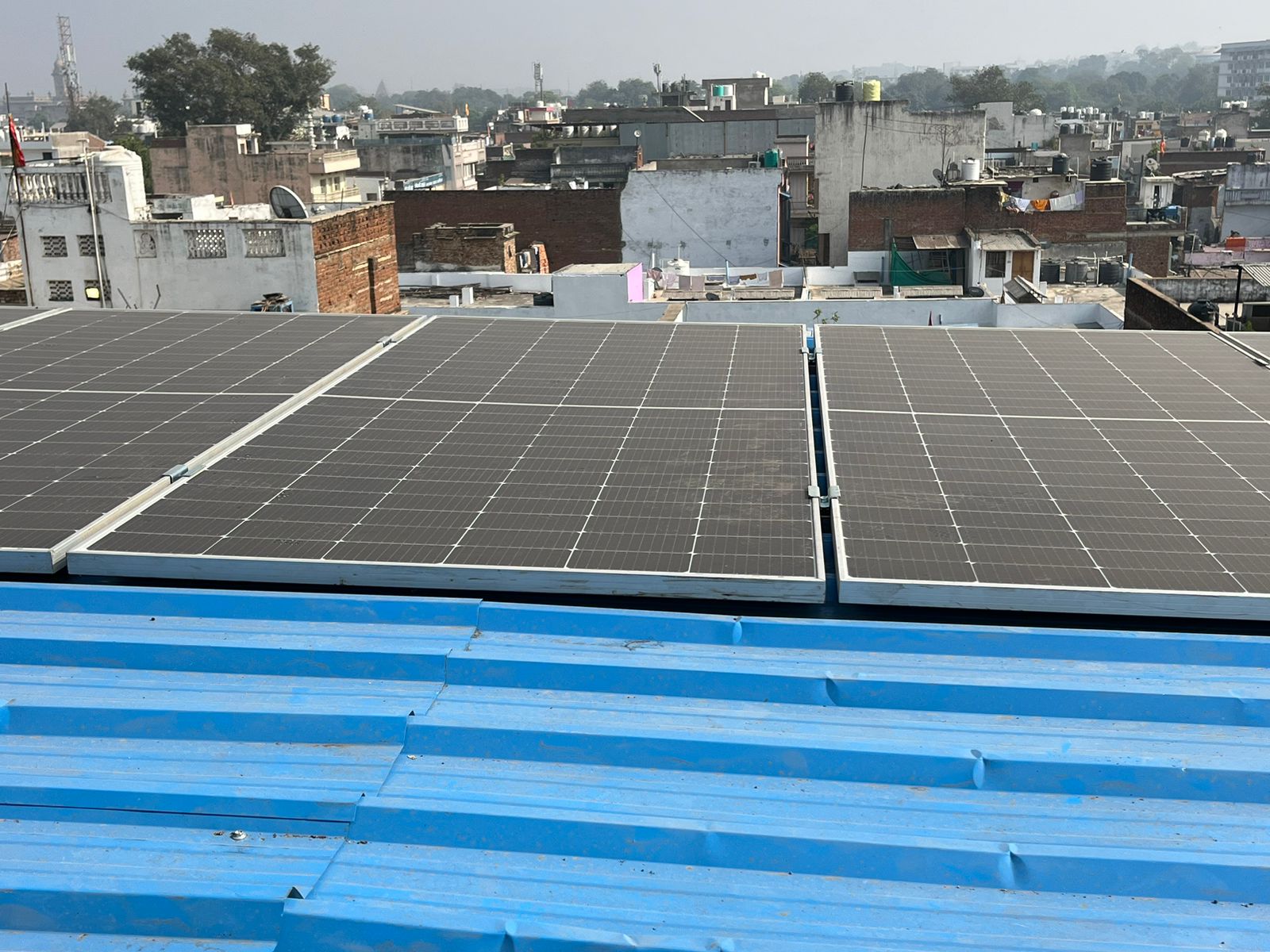SIZING SOLAR SYSTEMS
Online solar calculators can give a rough estimate of how much solar you need to power your home, but you may want to perform your own sizing calculations to fine-tune your choices. Here’s a step-by-step overview of the process we follow when sizing solar systems for our customers.
HOW TO SIZE A SOLAR SYSTEM IN STEPS
When sizing a solar system, follow these steps to find out exactly what will cover your energy needs. If you’d just like a quick estimate without having to work through the math, feel free to use our solar calculator instead.
STEP 1: DETERMINE YOUR AVERAGE MONTHLY KWH USAGE
Statistics show that most people consume more electricity during the summer and winter, when the A/C or heat is running. If possible, collect your last 12 months of electric bills, then tally up your kWh usage and divide by 12 to get a monthly average.
STEP 2: CALCULATE YOUR DAILY KWH USAGE
Next, divide your monthly kWh usage by 30 to estimate your average daily kWh usage.
STEP 3: ESTIMATE THE AMOUNT OF SUNLIGHT YOUR SOLAR PANELS WILL RECEIVE
Sunlight availability affects how much energy your solar panels generate.
STEP 4: ACCOUNT FOR INEFFICIENCIES
From there, we need to add a bit of overhead to account for inefficiencies and degradation rate of the panels.
In addition, solar panels are tested in ideal conditions ‒- a temperature controlled lab with nothing obstructing the panels. In the real world, solar panels often fall short of these lab-tested conditions, meaning they produce a bit less power than their wattage rating.
Because of these factors, it’s wise to budget extra solar capacity so that you can reach your target production figures after accounting for the inefficiencies of the system.
STEP 5: FULL OR PARTIAL OFFSET?
Most grid-tie homeowners choose to offset 100% of their energy needs with solar. But it is also possible to start with a smaller system for partial offset, and then expand down the line as the budget allows for it.
STEP 6: DETERMINE HOW MANY SOLAR PANELS YOU NEED
Once you have your final array size, simply divide by the wattage of your desired solar panels to figure out how many panels you need.
SIZING A SOLAR SYSTEM: OTHER CONSIDERATIONS
A common use case is utilities that charge time-of-use (TOU) rates. Under TOU billing, electricity rates spike around 5-9PM to account for higher demand, as people come home from work/school and usage is at its daily peak.
If your utility provider charges higher TOU rates, it may be wise to install solar panels on the Western face of your roof. While South-facing panels produce more kWh of energy, West-facing panels may be more cost-effective overall because they will produce power later in the day, offsetting higher TOU rates during the peak usage period.
SOLAR CALCULATOR-
You can use solarurjaa calculator for calculating the energy usage and select solar systems for your home.
Switch To Solar With Solarurjaa Family – Contact Us Today
Read More-What is Solar Net Metering?
Read More-Why Monsoon is the Right Time to Install Solar


